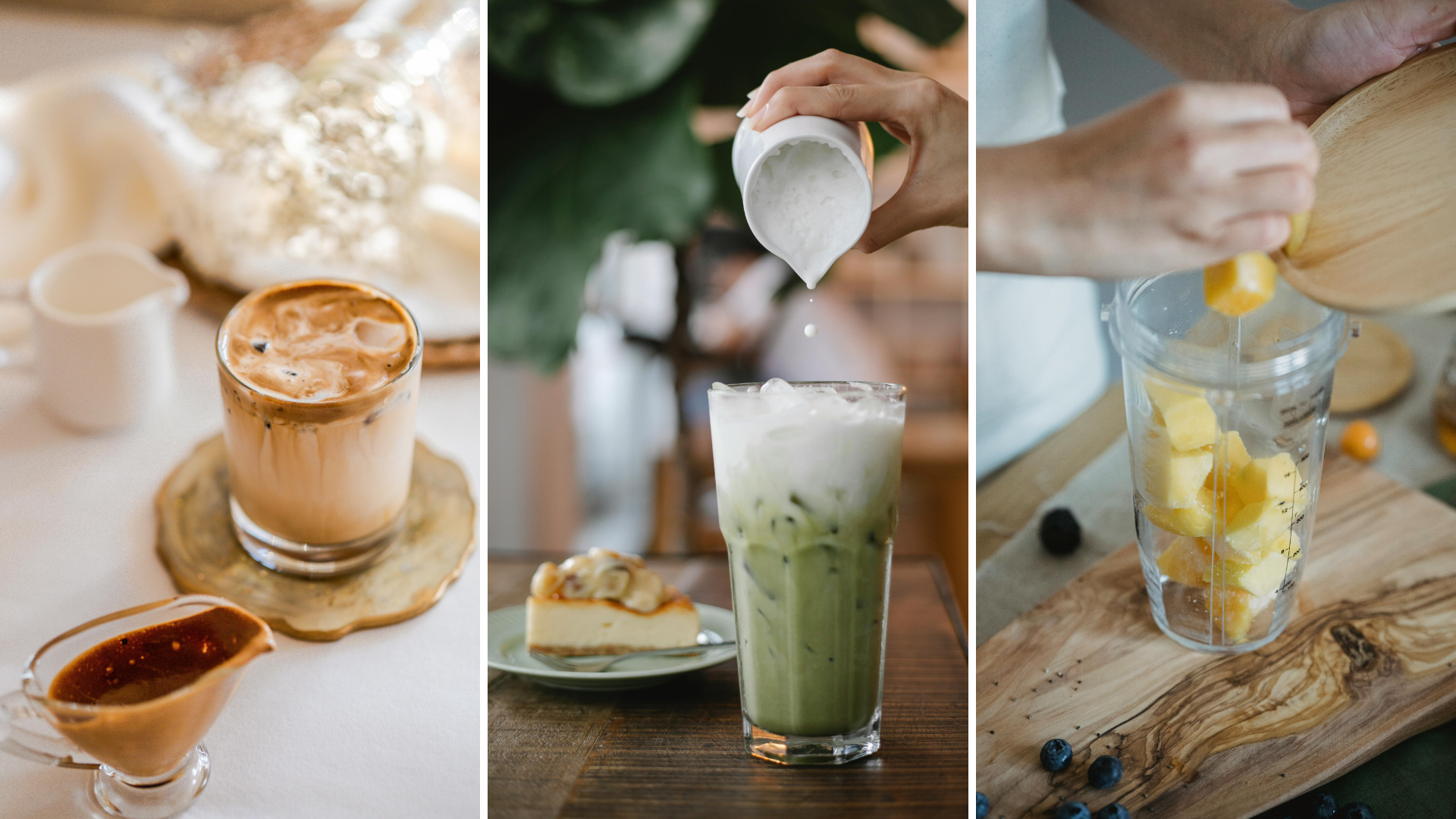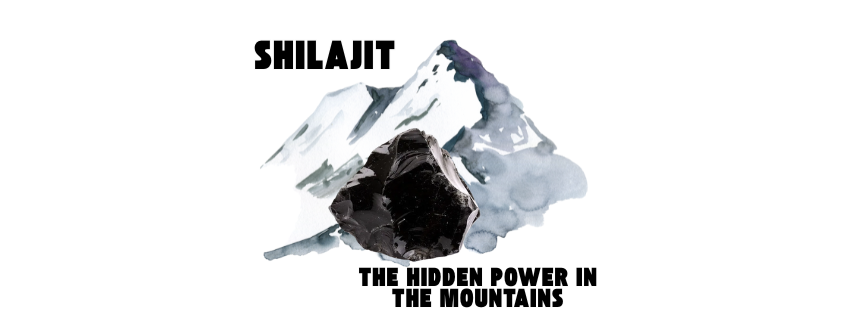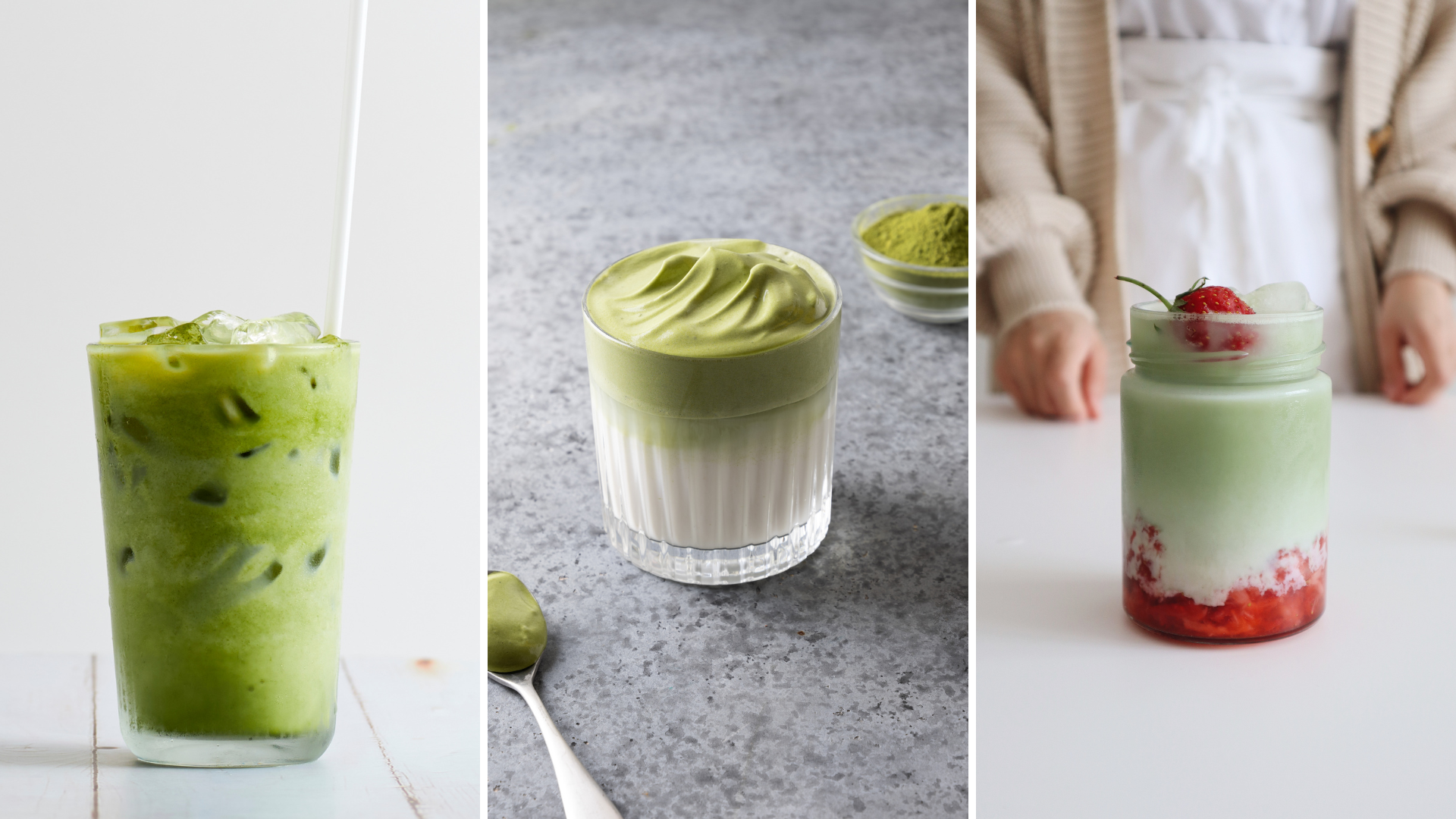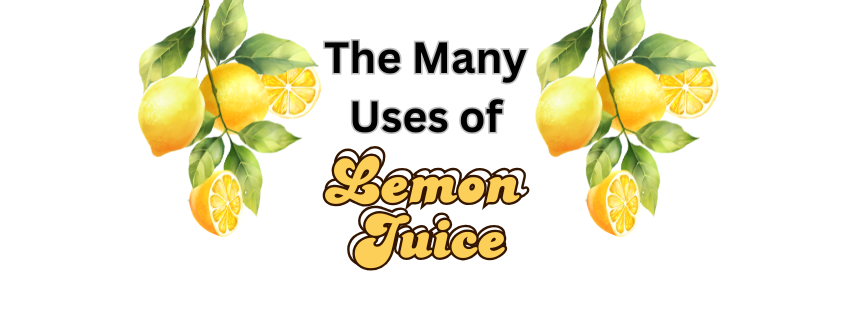Marissa’s Skin Care Routine
Using clean, nourishing and minimal ingredient cosmetics and skin care products is a huge priority to me. The skin is the largest organ and absorbs everything it comes into contact with. Many conventional cosmetic and skin care products contain harmful ingredients such as carcinogens which if used on a daily basis can become detrimental to your overall health.
Here are a few of my top clean, natural, holistic and vegan skin care products that I use on a daily basis.
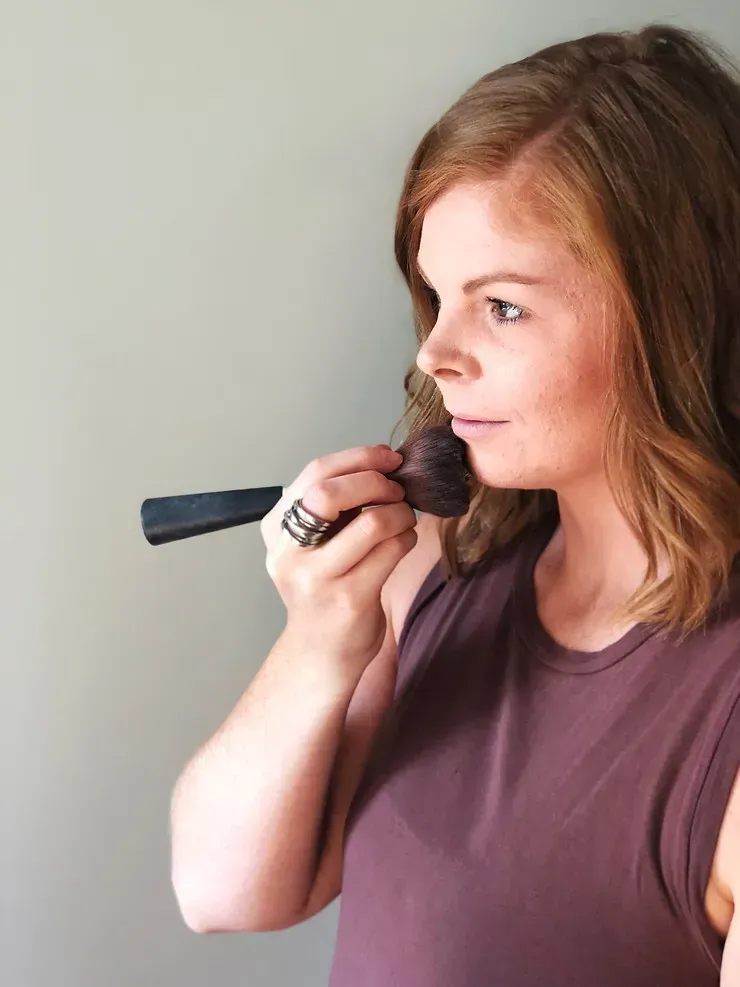
Wildcraft – Face Cream
$23.99
60ml
Do you ever inhale the aromas from a skin care product that smells so divine you smile and instantly feel more refreshed and calm? This is exactly how I feel when I open Wildcraft – Bergamot Rose Face Cream. Not only does it refresh and calm my mind, it does the same for my face. This antibacterial and anti-inflammatory formulation is a perfect product to support dry + irritated skin or oily + acne prone skin.
After splashing cold water on my face to wake me up, I apply a dime size amount all over my face and neck. I really try to make this part of my morning routine a slow process by massaging every area of my face and neck to promote lymph drainage. This helps to reduce toxin build up in the body to reduce inflammation and bacteria overgrowth which contribute to breakouts. While taking the time to slow down, it’s also when I like to set my intention for the day.
Intention Setting Example: I will use my time more effectively today by reducing my time on social media.
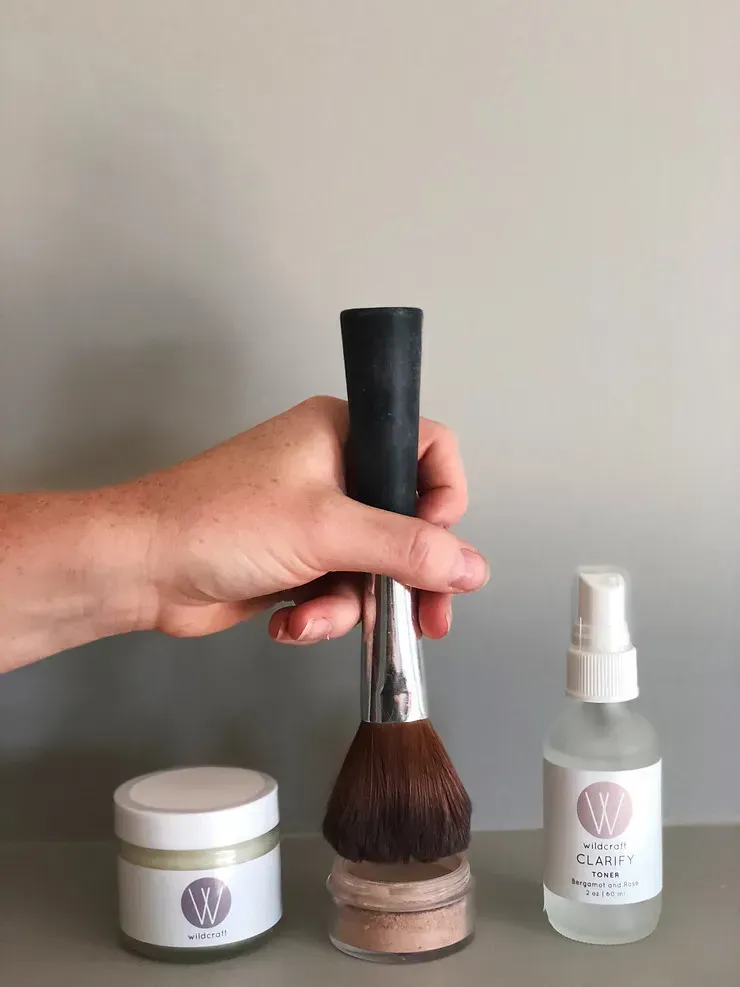
Rocia – Powder Foundation
$30.79
After evenly massaging in my face cream as my base, it is time to even out my complexion with my favourite foundation by Rocia. Truthfully, I started wearing makeup in grade 7 and I always used liquid foundation. I was convinced that it was the only option for full coverage. It wasn’t until recently, I discovered how beautifully a high quality mineral based powder foundation such as Rocia, covered and stayed all day.
What I love about the Rocia Powder Foundation is how little you have to use for full coverage and how easy it is to build for even more coverage. It is mineral based, which makes it anti bacteria, anti inflammatory, sun protective and is suitable for all skin types. Whether you have dry, oily or combination skin, it adapts to your unique skin type. Lastly, I love how versatile the product is. It can be used as a powder for full coverage, as a concealer, or you can mix it directly with your face cream to make it a liquid foundation. Once you have built the coverage you want and finished applying the rest of your makeup, it’s time to set your face with a toner.

Wildcraft – Clarifying Toner
$15.99
60ml
The key to having that flawless finish is setting your makeup with a rose water spray or toner. I love to use Wildcraft- Clarifying Toner because it contains botanicals to hydrate and nourish the skin. I use this toner two different ways. Sometimes, if I am having a day without makeup or my skin is really dry + irritated, I spray on before I moisturize. If my skin is clear, hydrated and feeling healthy, I will spray on after I finish my makeup to set it. This is also a great product to use mid day to freshen up or while traveling to keep the skin clean and hydrated.
Lastly, a few other key aspects I consider when choosing holistic and natural skin care products is researching where the product is coming from and if the product is tested on animals. I love that both Wildcraft and Rocia are made locally in Toronto and Brighton and both take pride to ensure none of the ingredients used in their products are tested on animals.
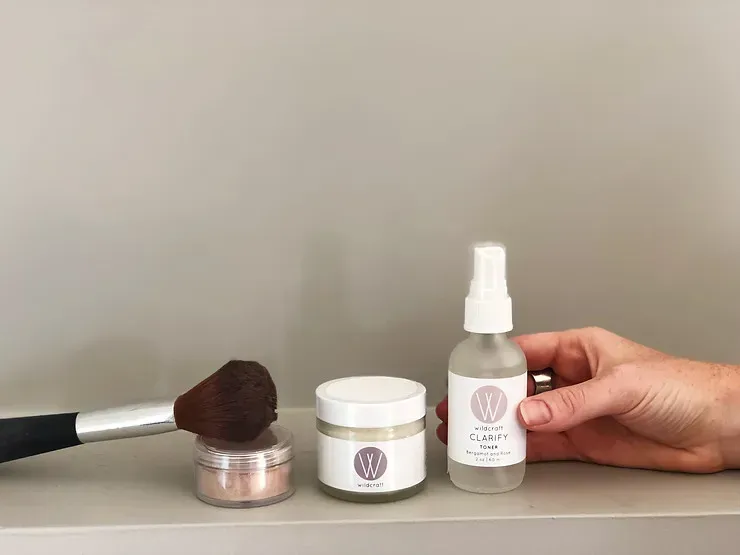
You can optimize your health and enhance your longevity by making the transition to clean and holistic skin care products. We have on-site cosmetic specialist that would love to help you make the right transition for your skin! Because we’re passionate about quality, clean, Canadian cosmetic companies, Jo Anne’s is offering a special earning on Wildcraft & Rocia until the end of October.
Whenever you purchase a product from either of these companies at Jo Anne’s Place from October 17th to October 29th, you’ll earn DOUBLE Jo Anne’s Place Rewards. Haven’t signed up for rewards yet? It’s easy! We can do it for you in a flash next time you’re in the store. We look forward to serving you soon!
REGISTERED HOLISTIC NUTRITIONIST
Inspiring a balanced lifestyle through holistic nutrition, yoga + meditation
